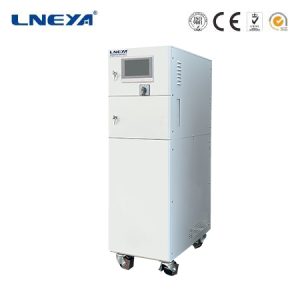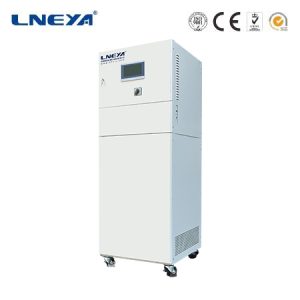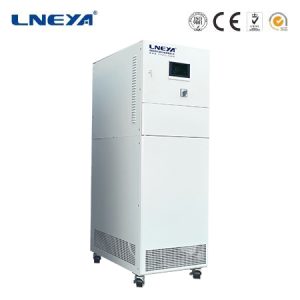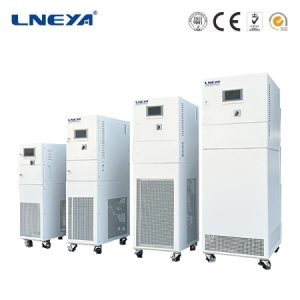Temperature control is a critical aspect of many laboratory processes, influencing the success of experiments and the integrity of stored samples. Laboratory cooling equipment plays a vital role in achieving and maintaining these precise temperatures. This article provides an overview of the types of cooling equipment used in laboratories, their applications, and the importance of regular maintenance.

Types of Laboratory Cooling Equipment:
Immersion Chillers: These chillers are used to cool objects by immersing them in a temperature-controlled liquid. They are ideal for applications that require direct contact cooling and are often used with a variety of laboratory equipment such as reaction vessels and jacketed reactors.
Recirculating Chillers: These systems are designed to cool fluids that are circulated through external processes or equipment. They are capable of maintaining a consistent temperature, even in applications with high heat loads, making them suitable for a wide range of laboratory and industrial processes.
Refrigerated Bath Circulators: These units combine heating and cooling capabilities, providing precise temperature control for a variety of applications. They are often used for temperature control of baths, reactors, and other laboratory equipment.

Applications of Laboratory Cooling Equipment:
Laboratory cooling equipment is used in various applications, including:
Chemical Reactions: Many chemical reactions are temperature-dependent, and precise control is necessary to achieve accurate results.
Sample Storage: Biological samples, vaccines, and other temperature-sensitive materials require stable, controlled environments to maintain their integrity.
Material Testing: Properties of materials can change with temperature, and cooling equipment is used to test these changes under controlled conditions.
Benefits of Energy-Efficient Cooling Systems:
Energy-efficient cooling systems not only reduce energy consumption but also contribute to cost savings and environmental sustainability. Features such as variable speed drives, efficient compressors, and optimized heat exchangers are common in modern laboratory cooling equipment, leading to significant energy savings.

Maintenance Tips for Laboratory Cooling Equipment:
Proper maintenance is crucial for the optimal performance and longevity of laboratory cooling equipment. Some key maintenance tips include:
Regular Cleaning: Regular cleaning of the equipment, especially the coils and filters, ensures efficient heat exchange and prevents dust buildup.
Inspection of Gaskets and Seals: Checking for proper sealing to prevent warm air from entering and affecting temperature control.
Calibration: Periodic calibration of temperature control systems ensures accuracy and reliability.
Preventive Maintenance Programs: Implementing a preventive maintenance program can help detect and address issues before they lead to equipment failure.
Conclusion:
Laboratory cooling equipment is indispensable for maintaining the precise temperatures required in various scientific applications. By understanding the different types of equipment, their applications, and the importance of regular maintenance, laboratories can ensure the integrity of their experiments and samples. Investing in energy-efficient systems also contributes to sustainability and cost-effectiveness in the long run.
 LNEYA
LNEYA
 简体中文
简体中文














































































